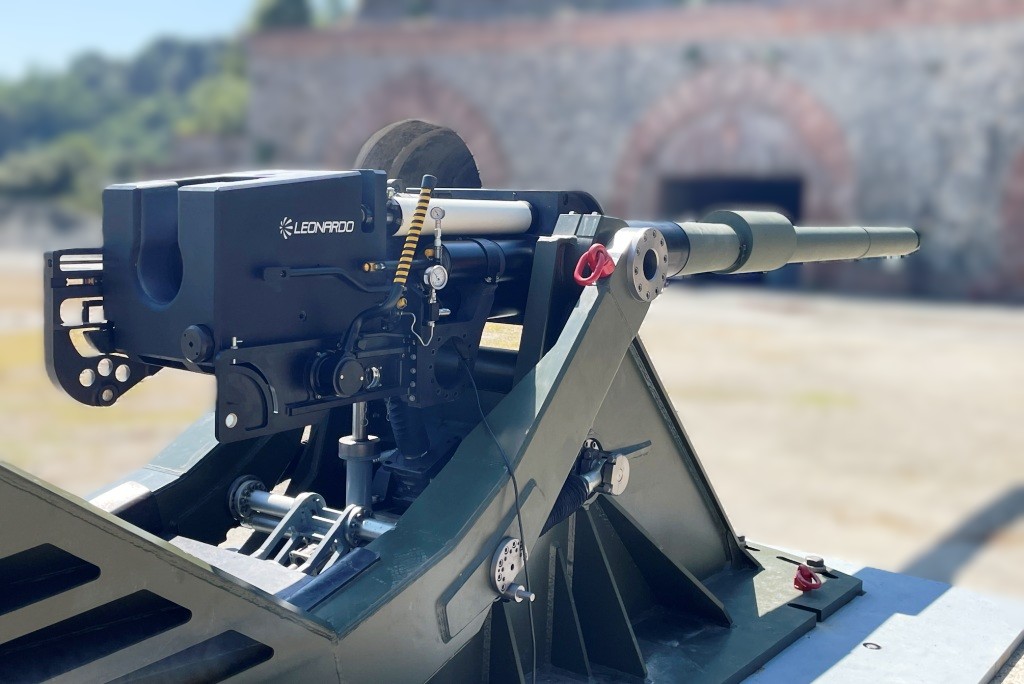In a clear signal of the escalating urgency regarding its self-defense capabilities, Taiwan is reportedly pressing the United States for an accelerated delivery schedule of the National Advanced Surface-to-Air Missile System (NASAMS). This fervent request underscores Taiwan’s critical need to rapidly plug existing air defense shortfalls, particularly in the face of an ever-growing military threat from mainland China. The acquisition of NASAMS is not merely an upgrade; it’s a vital component of Taiwan’s strategy to bolster its air defense network, create a more robust deterrence, and enhance its resilience against potential aerial assaults, especially from a numerically superior adversary.
Taiwan’s geopolitical reality is stark: it lives under the constant shadow of potential invasion from the People’s Liberation Army (PLA). In recent years, China has significantly ramped up its military pressure, conducting frequent incursions into Taiwan’s Air Defense Identification Zone (ADIZ) with fighter jets, bombers, and reconnaissance aircraft. These maneuvers serve as a clear demonstration of force and a means to test Taiwan’s response capabilities. Against this backdrop, a robust and multilayered air defense system is not a luxury but an absolute necessity for Taiwan’s survival.
NASAMS, a highly regarded medium-range air defense system developed by Kongsberg Defence & Aerospace of Norway and Raytheon Technologies of the U.S., is an ideal fit for Taiwan’s defensive requirements. Its key attributes make it exceptionally well-suited for countering the diverse aerial threats that Taiwan faces:
- Proven Effectiveness: NASAMS has a strong track record of performance and reliability, having been adopted by numerous countries, including the United States for the defense of Washington D.C.
- Modular and Adaptable: Its open architecture allows for the integration of various radars and missile types, providing flexibility and future upgrade potential.
- Cruise Missile Defense: NASAMS is particularly effective against cruise missiles, a primary threat vector from the PLA, which possesses a vast arsenal of such weapons.
- Drone Countermeasures: While primarily designed for manned aircraft and missiles, its capabilities can also be adapted to engage larger, more sophisticated drones.
- High Engagement Probability: With its advanced sensors and multiple missile launchers, NASAMS can engage multiple threats simultaneously with a high probability of success.
The request for accelerated delivery highlights Taiwan’s immediate concerns. While long-term defense planning is crucial, the current geopolitical climate demands quick action. The perceived timeline for a potential conflict is a constant consideration, and Taiwan is eager to deploy effective defensive systems as swiftly as possible to deter aggression and, if necessary, defend its airspace. Delays in arms sales, due to U.S. production backlogs or bureaucratic processes, have been a point of frustration for Taiwan, making the push for faster NASAMS deliveries a critical priority.
For the United States, supporting Taiwan’s self-defense capabilities is a cornerstone of its Indo-Pacific strategy and a legal obligation under the Taiwan Relations Act. Providing advanced air defense systems like NASAMS serves multiple objectives:
- Deterrence: A stronger Taiwan is a harder target, making the calculus of invasion more complex and costly for Beijing, thereby enhancing deterrence.
- Regional Stability: A secure Taiwan contributes to broader regional stability, preventing a potential conflict that could have catastrophic global consequences.
- Allied Confidence: Demonstrating a firm commitment to Taiwan’s defense reassures other U.S. allies and partners in the region.
- Strategic De-risking: Equipping Taiwan with the means to defend itself reduces the likelihood of direct U.S. military intervention, should an invasion occur.
The critical air defense shortfalls Taiwan seeks to plug are multifaceted. They include aging air defense systems, the need for broader coverage against diverse aerial threats, and the sheer volume of potential incoming targets from the PLA. NASAMS, with its ability to integrate into existing air defense networks and provide robust protection for critical infrastructure and population centers, is a vital component in addressing these gaps. It provides a layered defense capability, working in conjunction with other systems to create a more impenetrable air shield.
The urgency surrounding NASAMS delivery underscores the delicate balance of power in the Taiwan Strait and the imperative for Taiwan to build an effective “porcupine” defense strategy – making itself so thorny and costly to attack that any invasion attempt becomes unfeasible. Fast-tracking these deliveries is not merely a transaction; it’s a strategic imperative for peace and stability in one of the world’s most critical geopolitical hotspots.




